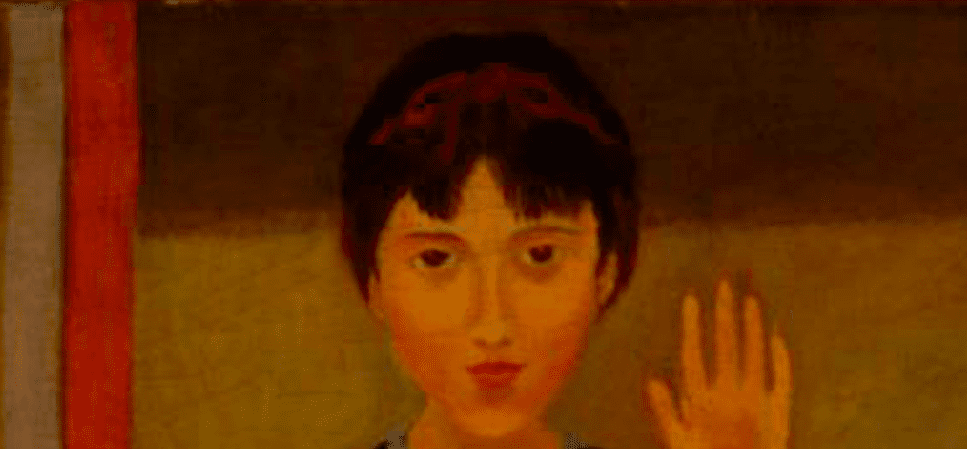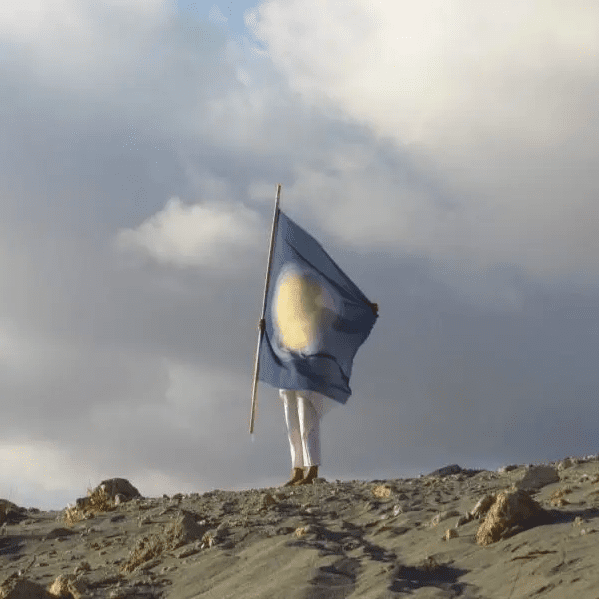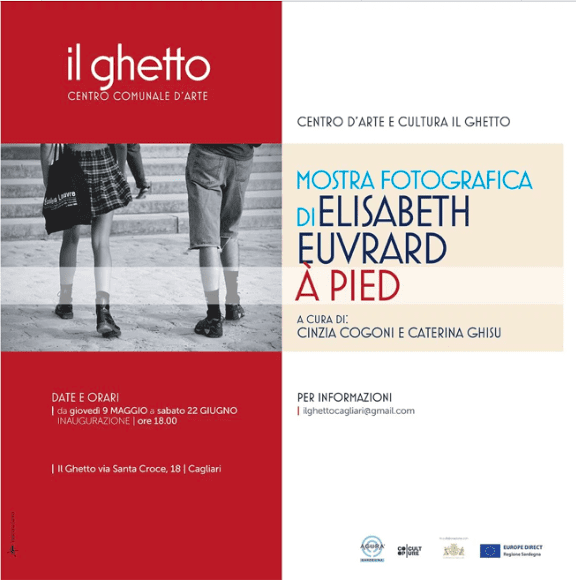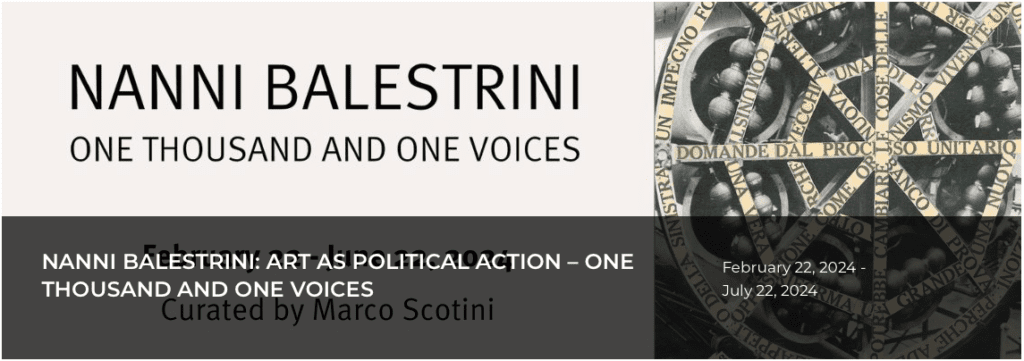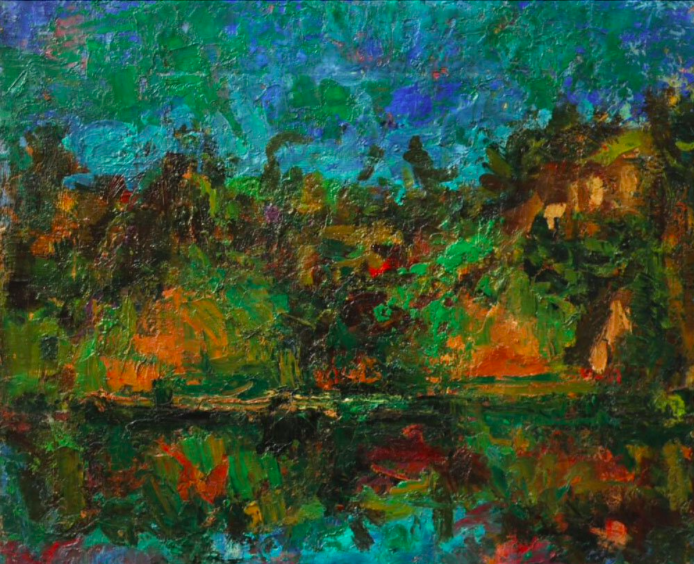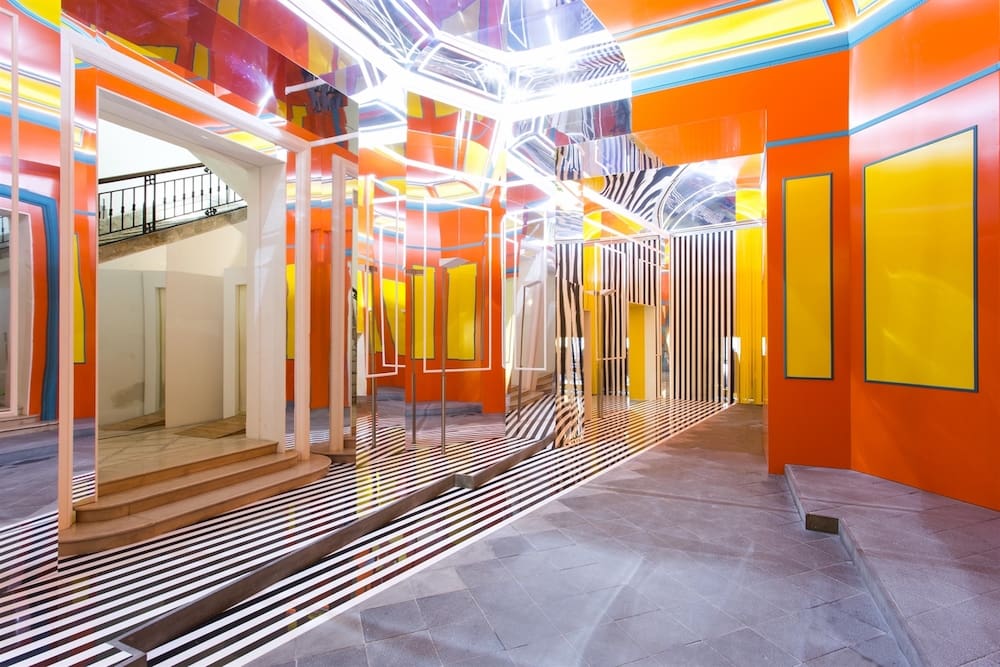
Daniel Buren: Axer / Désaxer. lavoro in situ
10 Oct 2015 — 07 Apr 2016
Two projects have been specially commissioned by the Madre museum in 2015 from the French artist Daniel Buren (Boulogne-Villancourt, 1938) to celebrate the relationship between the museum and its community, on the occasion of the first ten years of the Madre’s activity: Come un gioco da bambini. Lavoro in situ, 2014-2015, Madre, Napoli – #1 and Axer / Désaxer. Lavoro in situ, 2015, Madre, Napoli – #2.
One of the most important contemporary artists, Buren is the author of a work in which the visual value is always associated with the theoretical, and whose emblematic element could be summed up in his comprehension and use of the notion of in situ: an expression that the artist himself indicates as the stringent interplay between his works and the exhibition and urban venues where they are created. The two projects in situ were made at different times, focusing on the area of the entrance and the Re_PUBBLICA Madre gallery, both places of immediate encounter between the museum and its public.
Axer / Désaxer. Lavoro in situ, 2015, Madre, Napoli – #2 consists of an intervention of architectural dimensions, conceived by the artist especially for the Madre’s atrium. Set obliquely facing the street in front, the museum building is made to “rotate” by the artist’s intervention so as to replace it on the axis towards Via Settembrini before it. Through black and white stripes 8.7 cm thick (one of the recurrent features of the artist’s in situ works) the floor of the entrance suggests an unusual escape route and a potential perspective axis rectilinear to the road axis, so that the museum emerges from itself to embrace the city around it, while a structure-pavilion, consisting of colored surfaces and mirrors, reverberates and enhances this new isometric imagery. In this way, the artist acts on the viewer’s standpoint, creating an area of perceptual and cognitive mobility, of vision, mediation, mutual attraction and communion, in which interior and exterior, museum and community penetrate into each other and merge. Each visitor is thus welcomed and invited, literally at a glance, to be part of the work, to actively participate in the relation it celebrates between the institutional sphere and public dynamics.

